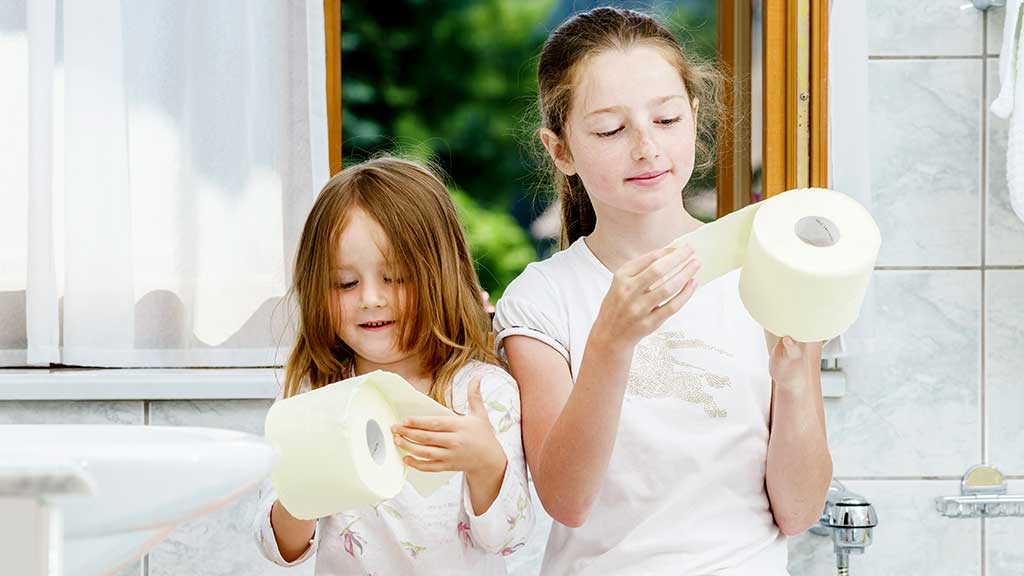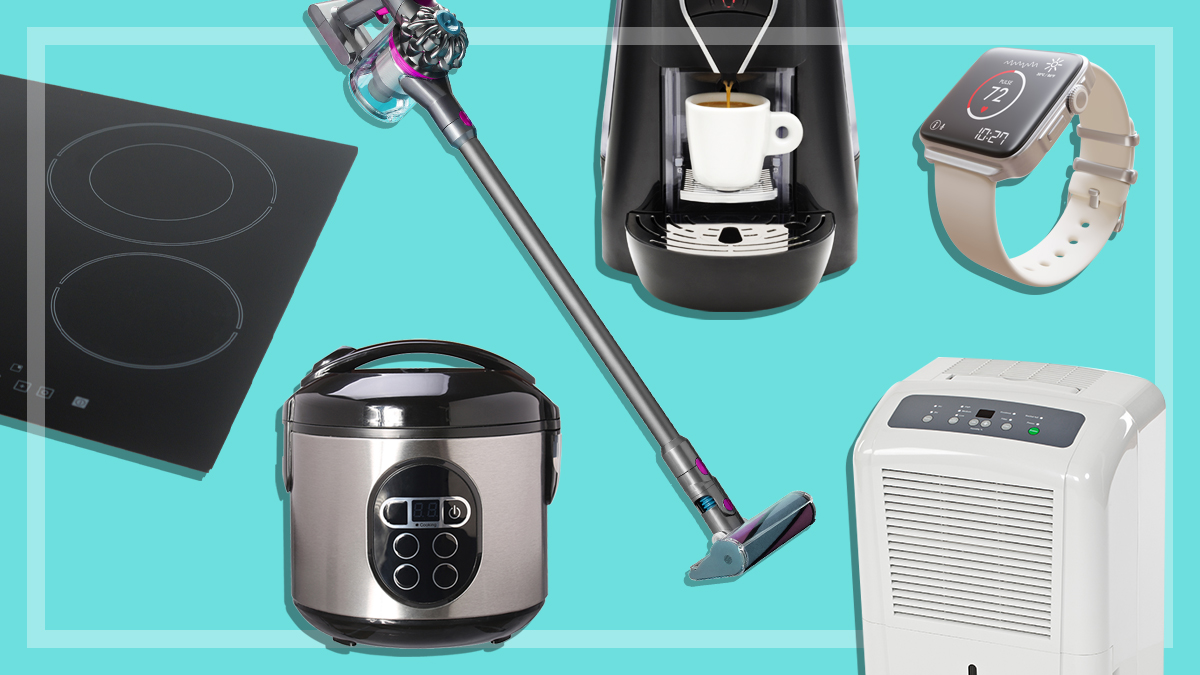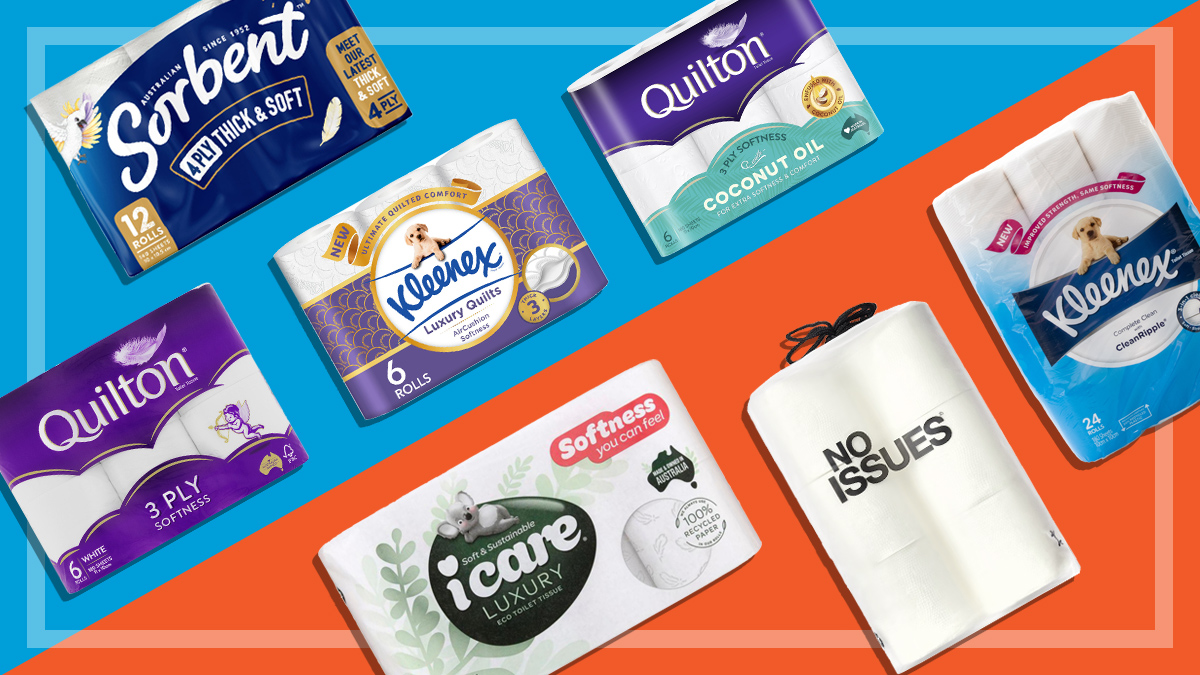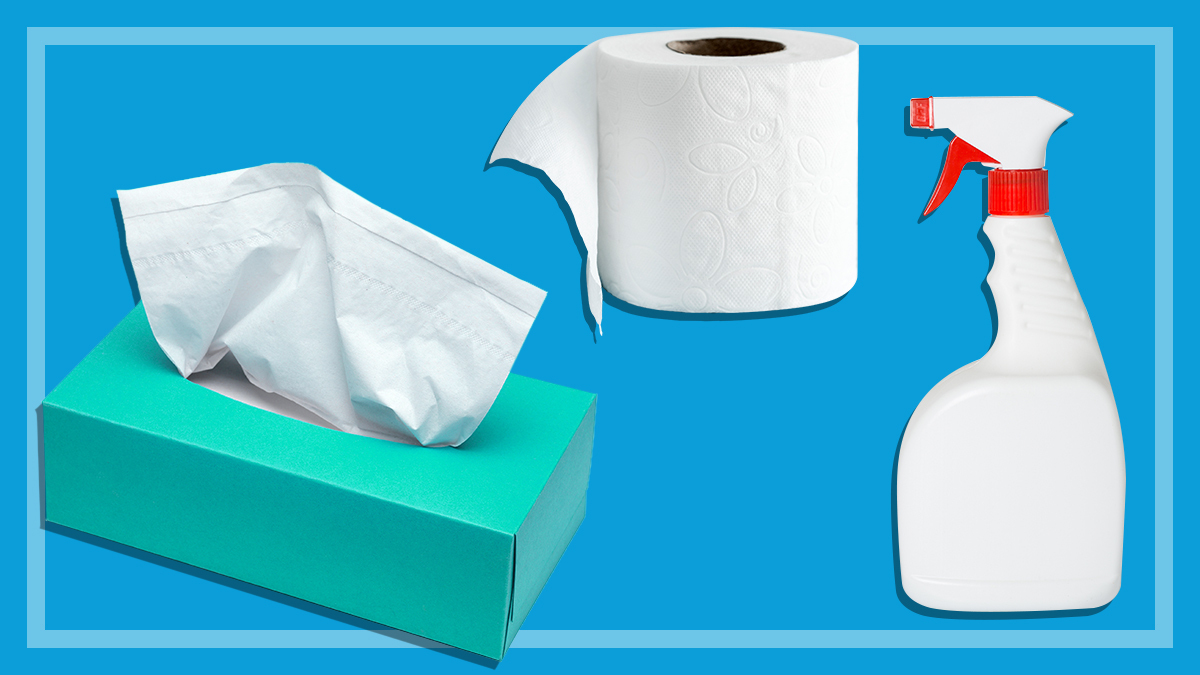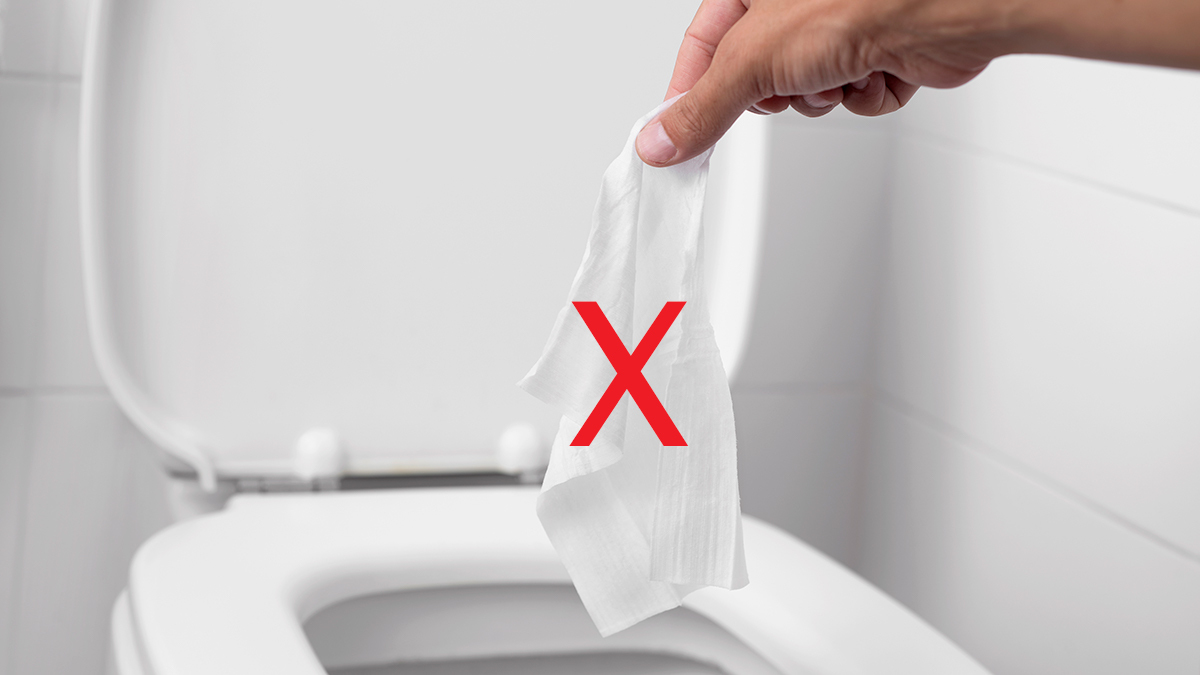Get our independent lab tests, expert reviews and honest advice.
How we test kitchen benchtops
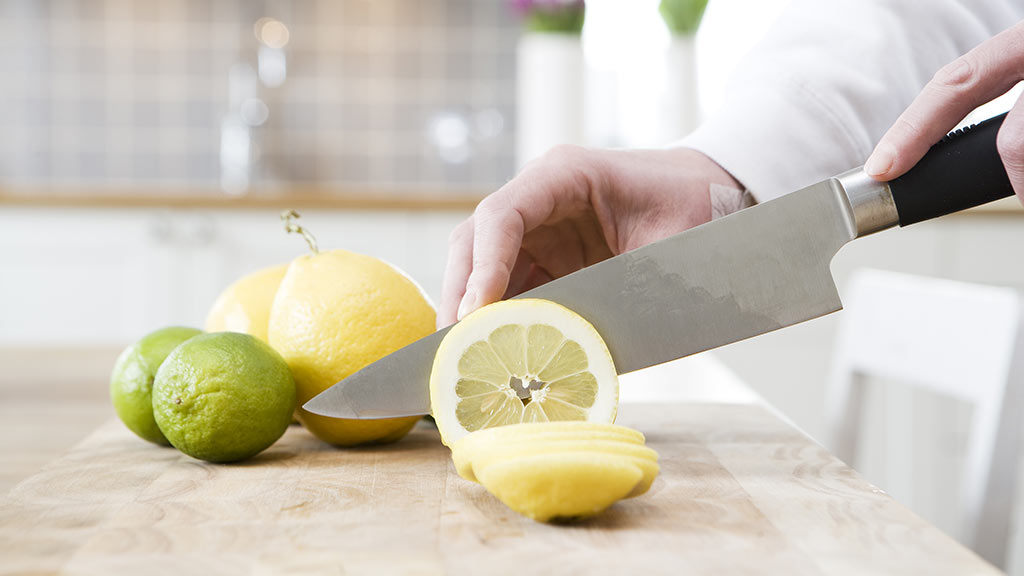
If you’re renovating or building a new house, you’ve probably encountered the daunting decision of deciding what benchtop you want for your kitchen. It’s a big decision to make and one you’ll need to live with so it’s wise to research your options and consider your lifestyle. Everyone has their own tastes but no matter what style you like, there’s sure to be a benchtop to suit. Here we’ll tell you how we tested kitchen benchtops in our labs.
Our expert testers
Our mechanical lab is the home to many of our product tests, ranging from kitchen benchtops to suitcases, heart rate monitors and children’s products.
Our expert testers sit on various Australian Standards committees and our lab is NATA-accredited.
How we choose what we test
With a range of products on the market, how do we decide what to test? For kitchen benchtops, we researched the market to see what materials are currently being used in the kitchen and aimed to cover the market to provide a comprehensive guide to buying a kitchen benchtop.
How we test
We subjected each benchtop material to five tests to assess their strengths and weaknesses.
Staining
We assess how well the benchtop resists staining from common foods and household products. We apply beetroot juice, red wine, cooking oil, coffee (ground and instant), tea, bleach, blackcurrant and apple juice and curry paste to each surface and leave it for one hour before cleaning. First we wipe away the excess with a paper towel and damp cloth. If the stain isn’t removed we clean with a multipurpose spray and damp cloth. If the stain still remains we clean it with a cream cleanser.
Abrasion
We assess the resistance to damage from a weighted pan scourer by using a scrubbing rig. We put each benchtop through 1000 cycles before assessing the state of the surface. The weight applied to each benchtop is equivalent to hard scrubbing pressure.
Impact
We assess each benchtop’s ability to withstand a weight falling from a height onto the corner, edge and surface of the benchtop. A 1kg rounded weight is used and dropped through a tube from 60cm high to simulate an object falling from an overhead cupboard.
Cutting resistance
We assess if drawing a weighted blade across the surface will leave a mark by using slicing and dicing actions.
Heat damage
We assess how well each material resists damage and discolouration from a pot filled with oil heated to 200°C. We place the pot on the test surface for five seconds before checking for any damage. We then reheat the oil to 200°C and place it on another area of the surface for five minutes, checking for damage every minute.
Test criteria explained
Each test was rated separately but no overall score was applied in this test.
The intention of this test is to provide a guide to the different types of materials available for your kitchen benchtop and highlight the strengths and weaknesses of each.

